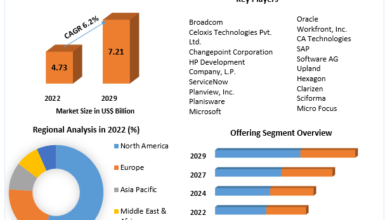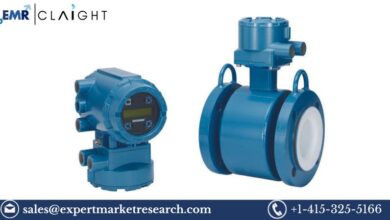LEI Registration Requirements in India

1. Identify an LEI Number
The International Organization for Standardization (ISO) created the ISO 17442 standard, which serves as the foundation for the 20-character alpha-numeric Legal Entity Identifier (LEI). It establishes a connection with essential reference data to facilitate distinct and unambiguous identification of legal organizations engaged in financial transactions. Well organized reference data is included in each LEI. It is divided into two sections: Level 1 (who is who) and Level 2 (who owns whom). Entity registration information, such as legal name, Registration ID, legal and headquarters address, etc., is included in Level 1 data. Level 2 provides answers to the questions of who owns what by providing details about an entity’s ownership structure.
In short, the global marketplace becomes much more transparent thanks to the publicly accessible LEI data pool, which moves unstructured entity registration data into a standardized worldwide directory.
GLEIF
The Global Legal Entity Identifier Foundation (GLEIF) was established by the Financial Stability Board in June 2014 with the aim of facilitating the use and implementation of the Legal Entity Identifier (LEI). The LEI Regulatory Oversight Committee, which consists of public authorities from all around the world who have united to promote openness in the global financial markets, supports and manages the foundation. Based in Basel, Switzerland, GLEIF is a transnational nonprofit organization.
The Global LEI System’s operational integrity is guaranteed by GLEIF services. The LEI data pool’s quantity and quality of information are constantly increased by GLEIF, which also makes it easier for the general public to access the data.
The standard ISO 17442
The most crucial components of identification are defined by a set of qualities or legal entity reference data specified in the International Organization for Standardization (ISO) 17442 standard. The Legal Entity Identifier (LEI) code is a neutral code that does not contain any nation codes or embedded intelligence that can add needless complication for consumers.
For every LEI, the minimal reference data that needs to be provided is specified by the ISO 17442 standard. Typically, this information is referred to as Level 1 Data—Who is who:
2. What does an LEI serve as?
The LEI system was implemented in an effort to increase financial data systems’ transparency in the wake of the financial crisis. There are now a number of techniques for recognizing entities in different marketplaces and nations. When it is completely functional, the Global LEI System (GLEIS) will guarantee that there is only one standard system. Several governments have various regulations requiring the use of LEIs. Global Legal Entity Identifier’s primary goal is to streamline, standardize, and make it simple for any legal entity to be identified anywhere in the globe.
Visit the LEI Lookup website to learn more about what an LEI number is, who needs one, and why. When looking for information about the LEI system and its goals, LEI Lookup is a great resource.
The GLEIF website has a complete set of rules pertaining to the use of LEIs.
3. Who requires an LEI?
In general, every legal entity whose operations involve financial transactions must have an LEI. Currently, there are about 100 regulations in place in different jurisdictions that either demand or mandate the usage of LEI. For instance, there are around 60 distinct acts in the US and Europe alone. All regulations are accessible.
Any legal entity is eligible to receive an LEI. The LEI of their parent organization is originally planned to be used by branch offices and operating divisions that are not independent legal entities.
4. How much is the LEI?
The cost of LEI varies according on the service provider. An LEI’s cost is determined by the organization’s own pricing schedule, not by a “better” LEI code. To gain a better understanding of global financial transactions and gain insight into the identification, transparency, and risk exposure of financial counterparties, Legal Entity Indexing (LEI) serves as a method for recognizing legal entities that engage in financial activities, such as stock investments.
Consequently, while registering an LEI code, it is preferable to focus on the LEI price as the main consideration.
The GLEIF fee and the initial registration cost for the selected time make up LEI Register’s LEI price.
5. How can one get an LEI?
The Local Operating Unit (LOU) or the LEI Registration agent are the sources of an LEI. Legal entities must complete the registration form and register their LEI with the service provider (via the LOU, Registration Agent, or any other LEI service provider).
Without requiring the creation of an account, LEI Register provides a straightforward and practical registration form. Customers can use the corporate info autofill option or manually fill out the form fast thanks to this. The company data autofill option expedites the LEI registration form filling procedure and improves user experience even more.
Using the LEI Lookup website, one may also register for an LEI. The website LEI Lookup is devoted to giving users information on LEI codes. It provides a thorough LEI Search engine, as well as registration and renewal options for LEI codes. Quick and simple LEI registration is available on the LEI Lookup website, which also provides entity data autocomplete and manual data entry options.




